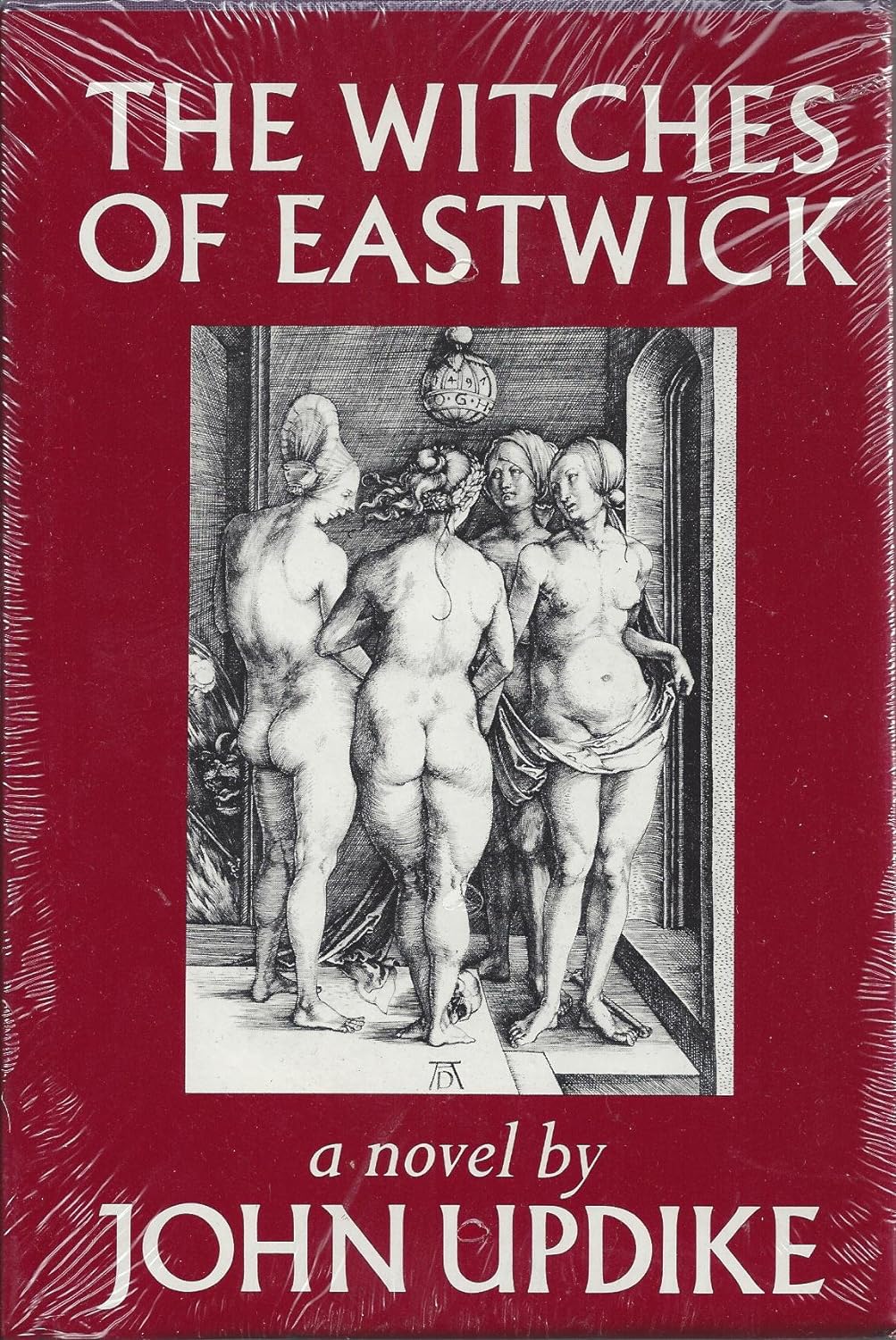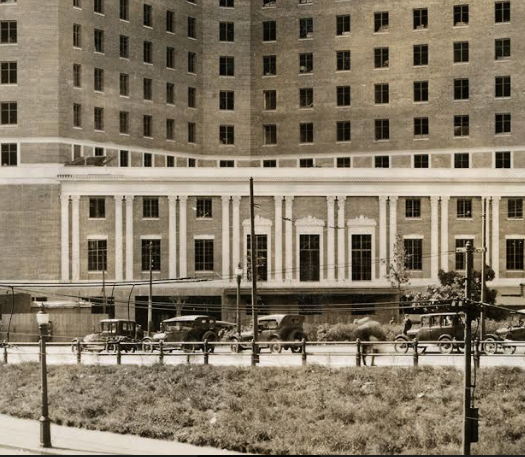The classic novel Spartina by John Casey was published thirty-five years ago, in 1989, by Alfred A. Knopf. It won the 1989 National Book Award. It was reprinted by Vintage in 1998.
The title refers to the grass growing in the salt marshes along the Rhode Island shore. The narrative follows a South County commercial fisherman, Dick Pierce, as he pursues his deferred dream of completing the building of his own deep-water fishing boat, Spartina May.
The book’s back cover summarizes the main point of the book: “Moving and poetic, Spartina is a masterly story of one man’s ongoing struggle to find his place in the world.”
Casey wastes no time succinctly defining Spartina in the second paragraph of the first chapter:
Dick loved the salt marsh. Under the spartina there was black earth richer than any farmland, but useless to farmers on account of the salt. Only the spartinas thrived in the salt flood, shut themselves against the salt but drank the water. Smart grass. If he ever got his big boat built he might just call he Spartina, though he ought to call her after his wife.
By the end of the novel, Casey’s definition of the thriving grass becomes a metaphor for Dick’s intelligent survival of the poisonous relationships that clutter his South County life.
The obstacle Dick must overcome to completing his boat is securing a loan. Dick cannot get a loan from a bank unless he has the incomplete boat evaluated by an expert boat builder. No expert is available. Desperate, Dick takes on menial jobs, some of them illegal, none of them paying enough to complete the boat. A business acquaintance offers him a loan, then the acquaintance’s business fails.
Finally—and surprisingly—old family friends contribute enough money for Dick to complete the Spartina May and begin fishing with it. Then another obstacle occurs: a hurricane. Rather than moor the boat in a “safe’ harbor, Dick sails it out to sea to ride out the storm. He must pass this real test and weather the storm at sea in order to keep his dream alive.
The fifty-foot Spartina May and Dick are battered but survive the storm and return to the South County shore pummeled by rain and wind from the direct hit of the hurricane. Casey’s narration of Dick’s encounter with the Eastern edge of the hurricane is outstanding in depicting the fine combination of Dick’s courage and skill as a pilot and invites favorable comparison with the sea stories of Herman Melville, Joseph Conrad, and Ernest Hemingway.
For most of the novel, Dick Pierce is his own worst enemy because he harbors several grudges and is prone to irascible outbursts. The Pierce family is an old South County family. Dick resents that most of his family’s property has been sold off to pay debts. Dick dislikes those old families who have managed to hold on to their money and property. Dick begrudges the new well-off people who buy second houses from Westerly to Narragansett to summer in and to leave once the chilly air and colder water arrives.
Dick is practically the only round and developed character in the novel. Except for Elsie, who is a member of one of the other old South County families and with whom he has an extra-marital affair, the rest of the characters, including his wife and two boys, let alone his business acquaintances, remain flat and undeveloped.
Casey’s prose style can be vivid and realistic, and together these two elements of his prose give the reader a lively sense of how Dick makes his living. An example of the vivid:
The tide was still dumping and he let [the skiff] drift a bit. A spider’s strand broke against his forehead. A light mist came off the water but dissolved as soon as it got above the black banks.
And of the realistic:
He could see the line of surf on the sandbar just outside the mouth. He nipped through and turned hard to starboard to follow the tidal channel around the sand. He cut back to port, feeling the chine and the skegs catch and hold through the turn, and so out into the glassy swell; for all his troubles, his skiff was sinless, and her sweetness sweetened him.
A side pleasure of the novel is guessing where the locations are along the South County shore that Dick works, visits, or lives. Some are obviously named; some are disguised by another name but again are obvious; and some may be imagined.
In 1955, when I was four, my father drove me from Connecticut to Narragansett to watch the annual Tuna Tournament. I spotted a tuna fish swinging by its tail fastened to a hoist located on a dock. A man standing next to the tuna (his catch?) motioned to me to come see the fish up close. To me, the fish looked giant, but I was puzzled by one thing.
I asked the man, “how can all of it fit into a can of tuna fish.” Everybody around laughed. The man said, “We cut it up into pieces, and some of the pieces fit in a can of tuna fish.” Another man standing in muck boots offered his hard-callused hand to shake mine. “That’s quite a joke, kid,” he said, still laughing.
After reading Spartina sixty-eight years later, I now understand a bit about the particular business and general character of those amused South County fishermen. Storms still hit South County hard, the well-to-do and occasionally famous from elsewhere still buy shore property, and the trawlers still sail out of Galilee afternoons. Dick’s world is ever present, and Casey’s novel is still pertinent. I recommend reading the novel Spartina.
The publisher of this website said he likes to see the website’s articles be a bit longer than 968 words, so I am adding on here a short report on another prominent novel with South County connections, The Witches of Eastwick by John Updike. The book was published forty years ago, in 1984, by Alfred A. Knopf and has been reprinted several times since by Random House. The narrative follows the antics, at times tragically harmful, at times harmlessly comic, of three modern-day witches who happened to have lighted down in Eastwick, Rhode Island.
Eastwick is possibly a re-imagined Wickford, Rhode Island. That the real Wickford is the basis for the fictional Eastwick appears an educated guess, according to an article titled “Unsolved Mysteries” by the staff of Rhode Island Monthly magazine in its January 6, 2014 edition (the article can be accessed at https://www.rimonthly.com/unsolved-mysteries/). Updike “was loath to confirm the link, [yet] some tantalizing similarities exist between the fishing village in North Kingstown and Updike’s seaside town,” the article’s authors state.
Those enticing connections include Wickford once being called Updike’s New Town, a fact John Updike wondered about in a conversation with Robert Simister, owner of Simister’s Bookshop in 1982. After having read Witches, Simister noticed that Updike’s partial description of Eastwick echoes Wickford’s waterfront and the L-shaped streets where Brown and Main meet.
The North Kingstown Library invited Updike to visit, but Updike respectfully declined. In a letter to the library’s staff (reprinted in the Rhode Island Monthly article), Updike said:
The connection of the setting of my novel with Wickford is so tenuous that I don’t want to emphasize it by appearing at any function as you suggest. I was curious about Updike’s New Town and in several visits have satisfied myself that the Updikes have thoroughly cleared out. Also I really do steer clear of most book-promoting events like signings. If the book can’t sell itself, let it rot on the shelves.
Thus, the argument that Updike set Witches in Wickford is questionable even if alluring to some North Kingstown residents.




























